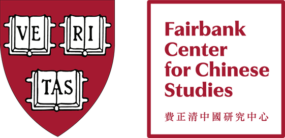Sha Fei 沙飞 photographed China’s turbulent wartime in the 1930s and 40s, and in doing so defined a national visual culture.
Sha Fei’s photographs invoke instantly recognizable images of wartime China. From posters, to newspapers and history text books, his unique portrayal of the instability of the 1930s and 1940s informed a new visualization of CCP propaganda. Curated by Eugene Wang (Harvard University), Chiao-mei Liu (National Taiwan University), and James Gethyn Evans (Harvard University) this exhibition explores Sha Fei’s influence on CCP visual culture and Chinese revolution, and is the subject of an upcoming conference at Harvard University on April 22–23: “The Photographer Who Shaped Modern China: Sha Fei and His World.”
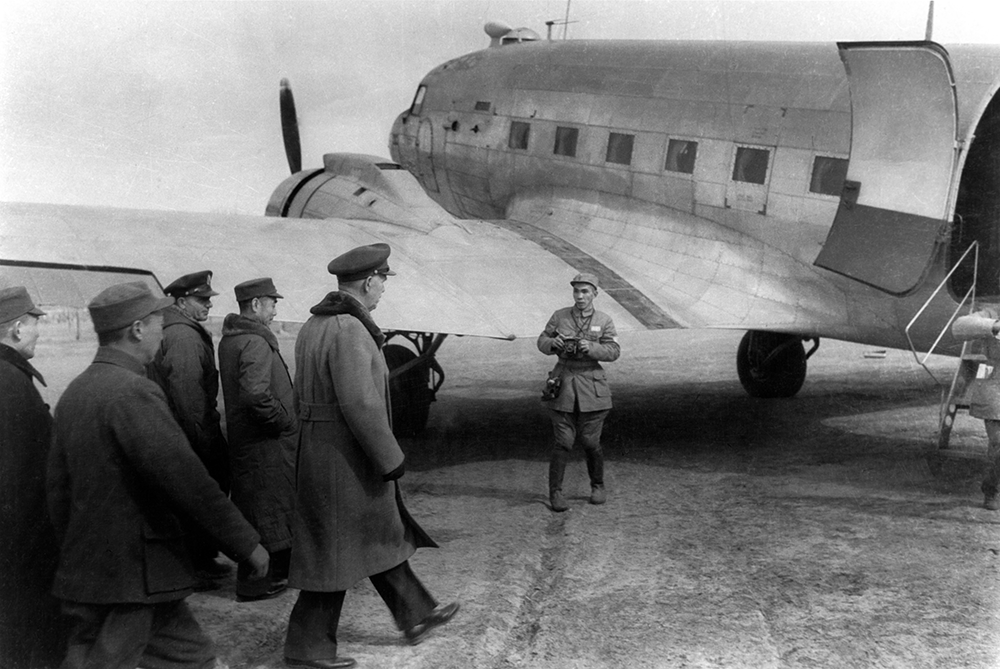
Sha Fei’s Photography
Sha Fei’s photography explores what it means to be human during war and the irreversible changes that wartime experiences engrave on the individual. By setting subjects in dynamic poses against massive dramatic scenes, Sha Fei seeks to transcend war’s friend-foe dichotomy and humanize his subject.
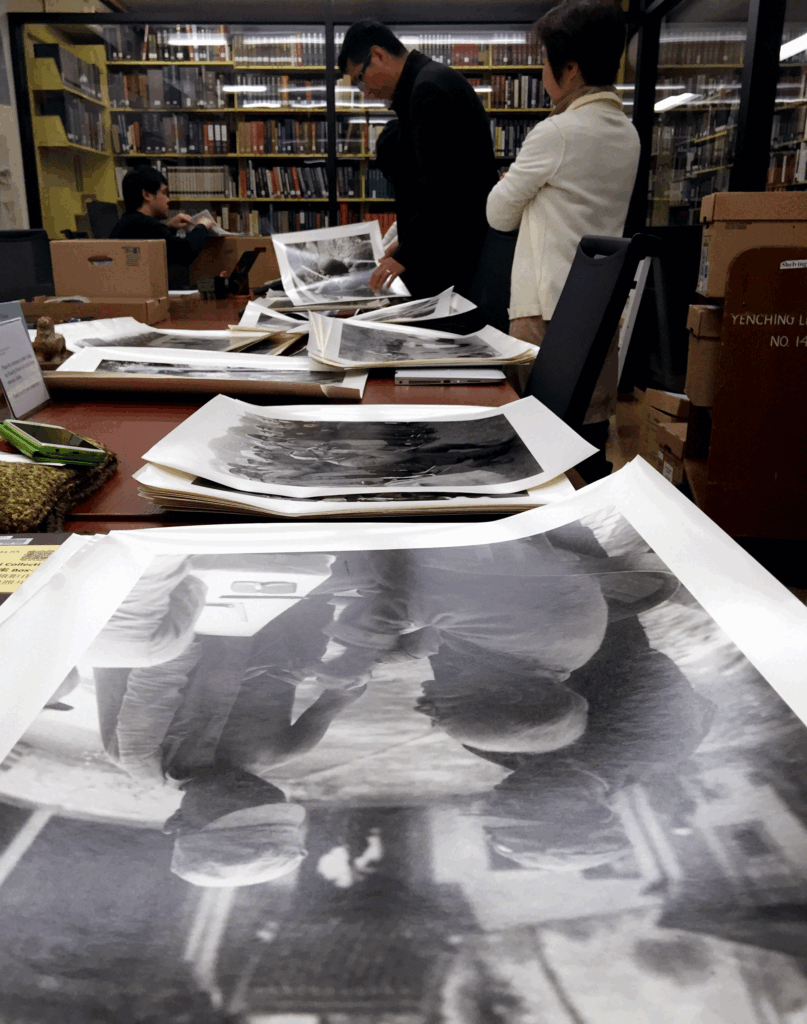
His theatrically staged compositions are not just grandstanding, however, but reflect a deep interest in the universality of human emotion, regardless of allegiance. Sha Fei’s photos are therefore, despite their propagandistic use, not only an illustration of history, but also a mechanism of how history is captured and staged with the photographer’s sensibility during extreme circumstances through the lens of a camera.
Who was Sha Fei?
Born Situ Chuan 司徒传 in Guangzhou in 1912, Sha Fei developed his photographic interest when he was assigned to the Shantou Radio Station in Guangzhou Province in 1932, drawing inspiration from photographs in foreign pictorial magazines. His photographs highlight a strong Western influence instilled during his tenure with the Shanghai-based “Black-and-White Photography Association” in 1935, and the Western Painting Department of the Shanghai Art Academy in 1936.
The onset of both civil war and invasion by Japanese forces in the 1930s, however, forced Sha Fei to abandon his idealistic aspirations for art and instead capture the stark realities of wartime. The photographs depicted in this exhibition reflect his personal journey from a sensitive, urbanized artist to a photographer harrowed by his experience of the battlefield.
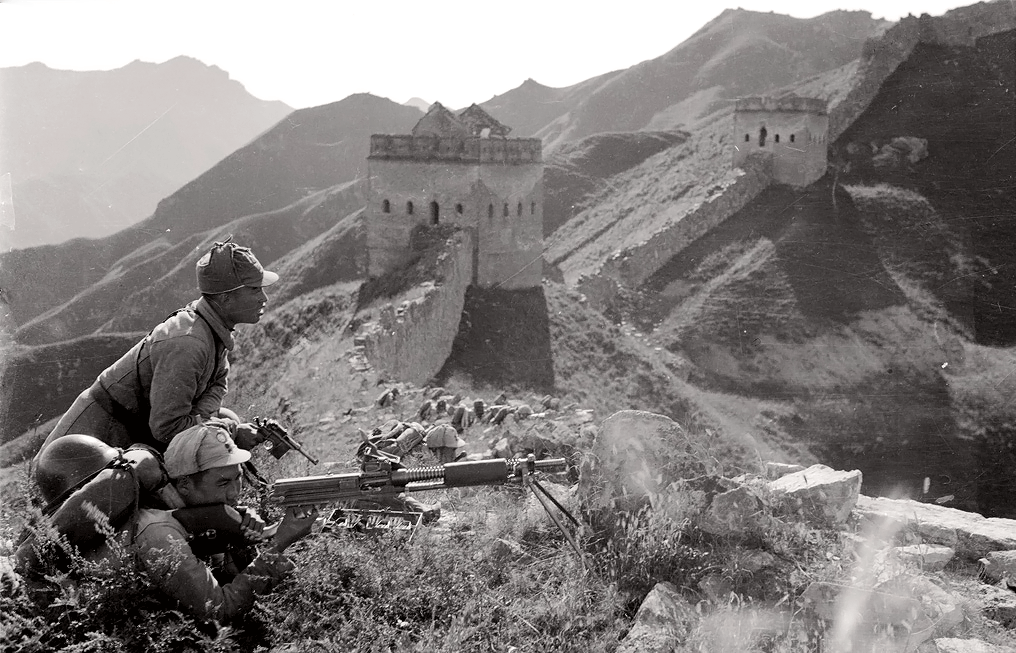
Sha Fei was executed on March 4, 1950 at age 38 for killing his Japanese doctor, possibly during a seizure induced by post-traumatic stress. Although he is rumored to have given a metal box containing his photographic negatives to a witness at his execution, these negatives were lost and possibly buried with him. The photographic prints on display here were generously donated by Sha Fei’s daughter, Wang Yan, to the Harvard Yenching Library.
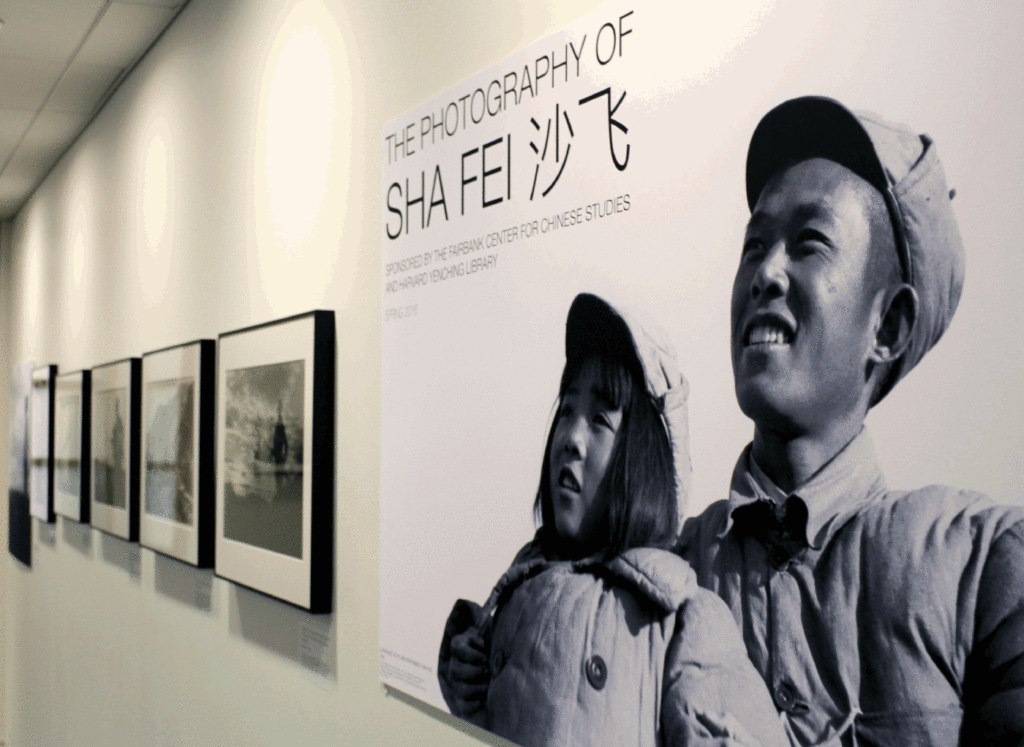
From Curator Chiao-mei Liu
Sha Fei’s early work reflects his beloved memories from his honeymoon to Suzhou and Hangzhou in 1933. His reflections on this trip motivated his pursuit of unique visualizations throughout his photography career.
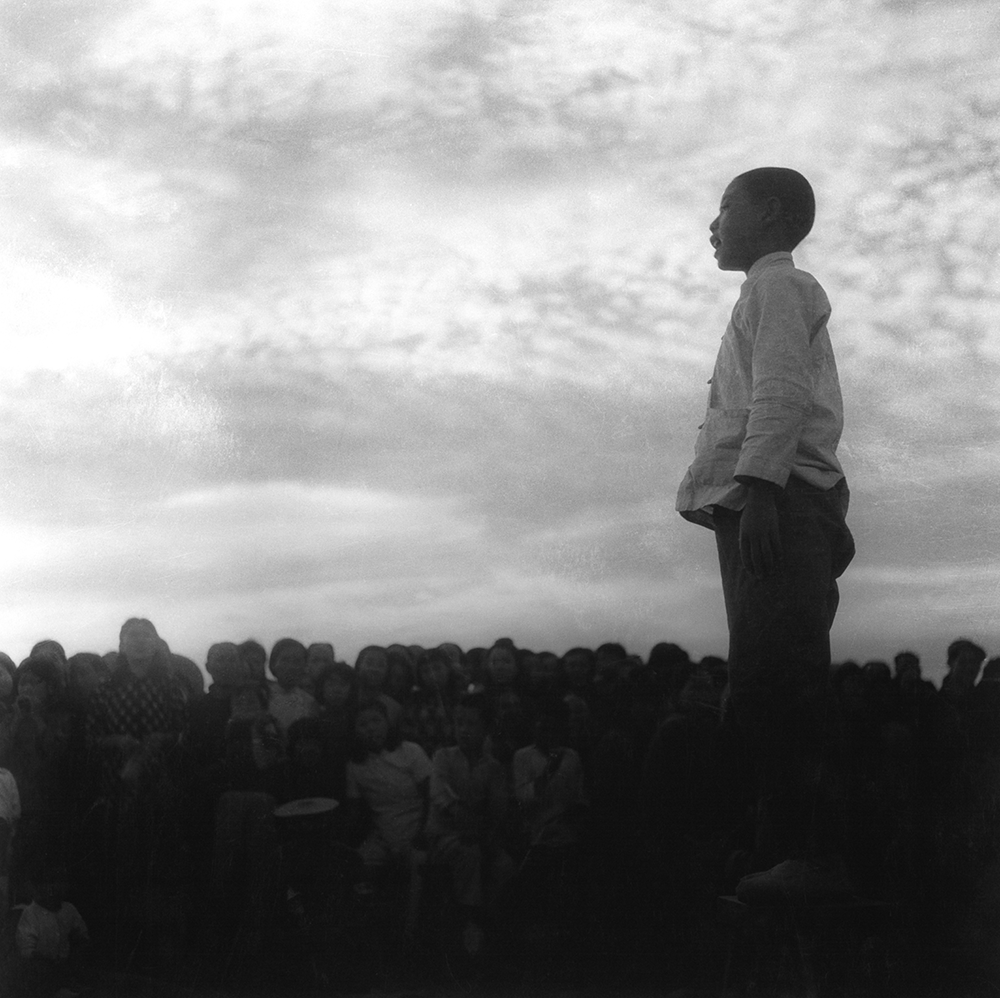
In 1935, Sha Fei joined the Black and White Photo Society, a pioneering modernist photographers association in Shanghai. Due to his involvement with the Society, his early semi-abstract landscapes were informed by prominent photographers’ works, such as Edward Steichen’s cloudscapes and Lang Jingshan’s photomontages.
Sha Fei’s early work reflects his beloved memories from his honeymoon to Suzhou and Hangzhou in 1933. His reflections on this trip motivated his pursuit of unique visualizations throughout his photography career.
In 1935, Sha Fei joined the Black and White Photo Society, a pioneering modernist photographers association in Shanghai. Due to his involvement with the Society, his early semi-abstract landscapes were informed by prominent photographers’ works, such as Edward Steichen’s cloudscapes and Lang Jingshan’s photomontages.

In 1935, Sha Fei joined the Black and White Photo Society, a pioneering modernist photographers association in Shanghai. Due to his involvement with the Society, his early semi-abstract landscapes were informed by prominent photographers’ works, such as Edward Steichen’s cloudscapes and Lang Jingshan’s photomontages.
Encouraged by the socialist writer Lu Xun, Sha Fei became a politically engaged photographer by publishing in magazines. In October 1936, he gained widespread recognition from his images of Lu Xun, in particular from two heliographic images of the writer on his deathbed. To promote woodblock prints and magazines as socialist media tools, Lu Xun had organized exhibitions of German expressionist woodblock artists, such as Käthe Kollwitz.
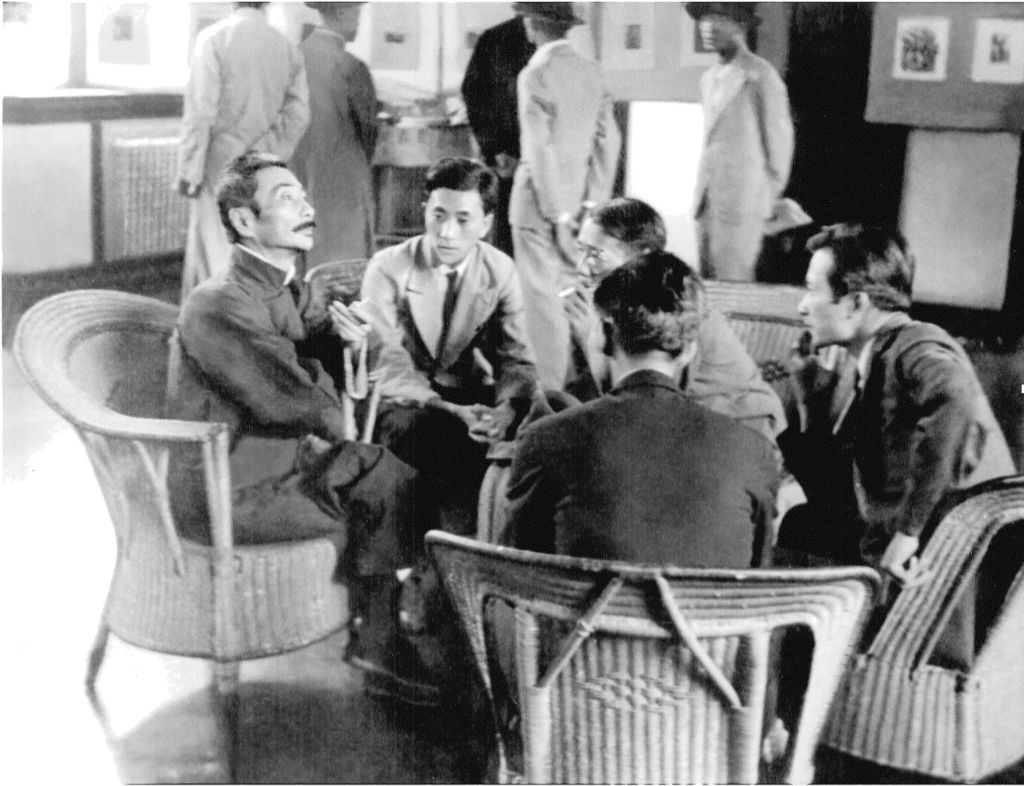
With a similar motive, Sha Fei’s views of fishermen on Nan’ao Island, Fujian, taken in the years 1935–1936, were published with his captions in 1936 and 1937, and thereby showcased the poetic waterscape of south China under threat of Japanese invasion from across the Taiwan Strait. Starting in August 1937, Sha Fei worked with the Nationalist government and moved to Taiyuan in the Chin-Cha-Chi Border Area with the staff of the Eighth Route Army.
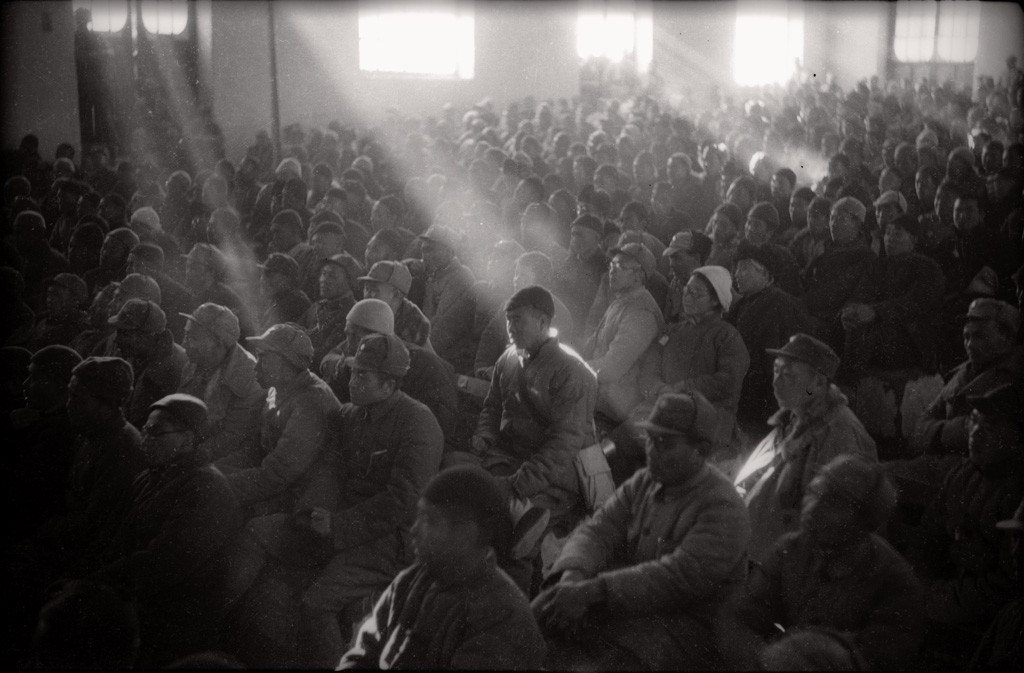
Having trained at the Shanghai Vocational Art Institute from 1936–1937, Sha Fei became versed in western art and had a penchant for pictorial composition. This can be seen clearly in his snapshots of the Canadian communist Norman Bethune, a medical surgeon, portrayed as a cosmopolitan figure splashing in a scintillating river or sun-bathing on a mountain ridge.
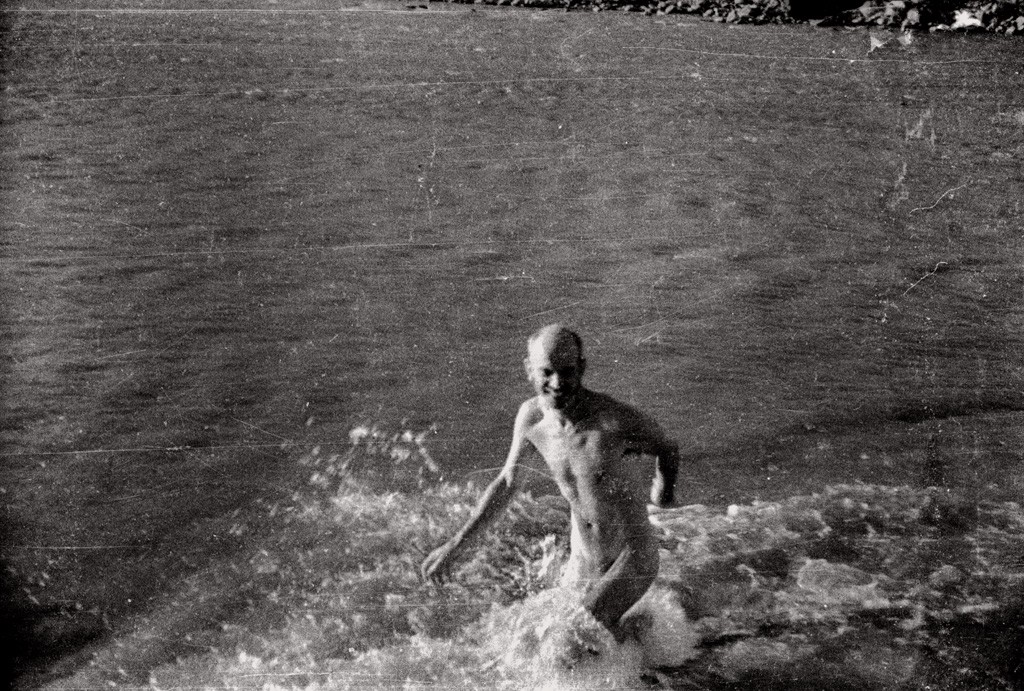
Sha Fei also documented peasants and workers in heroic postures set off by contrasting light and shade, similar to many modernist urban scenes. In particular, the image of the commander Nie Rongzhen with the young Japanese girl under his care (1940), viewed from a higher level, served the communist propaganda with a sense of theatrical character.
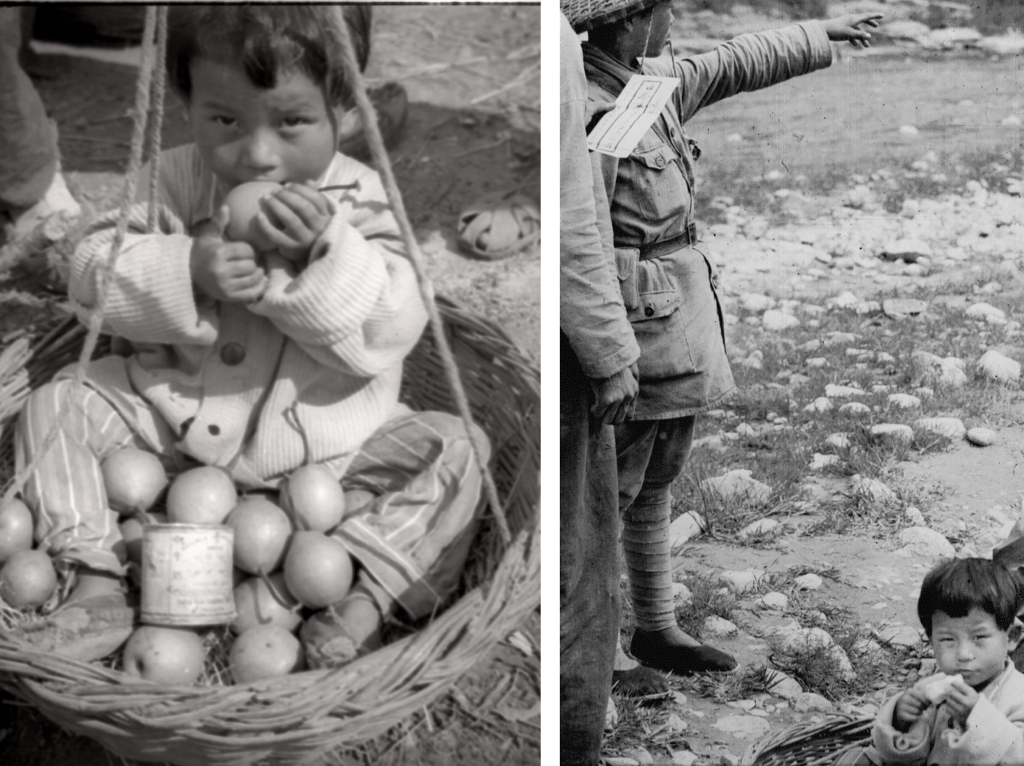
In Sha Fei’s wartime photojournalist documentaries (1937–1949), his signature framing of close-up shots of human figures within a segment of almost monotonous landscape often reemerged as film stills of revolutionary figures. Majestic views of man and nature were very prominent in Sha Fei’s work, such as in the mesmerizing photograph of three guerrilla soldiers under cover in a sorghum field, named the blue veil (青纱帐) on account of its unsettling thickness as camouflage under full sunlight in summer (1938).

